Types of 166FMM Engines
The 166FMM engine is an air-cooled, four-stroke, single-cylinder engine widely used in various applications, particularly in small machinery and equipment. It's renowned for its reliability, fuel efficiency, and ease of maintenance. Below are the common types available for specific needs:
Petrol Engines
166FMM petrol engines are the most common type, known for their smooth operation and good power output. These engines are ideal for applications requiring low emissions and quieter operation.
Best for: Gardening equipment, small construction machinery, portable generators
Diesel Engines
166FMM diesel engines offer exceptional fuel efficiency and high torque output. They're built with higher compression ratios and more robust construction for demanding applications.
Best for: Agricultural machinery, construction equipment, industrial applications
Cooling System Variants
While primarily air-cooled, some 166FMM engines feature water-cooling systems for better temperature regulation in demanding conditions.
Air-cooled: Suitable for lawnmowers, handheld tools
Water-cooled: Better for continuous high-load applications
Starting System Variants
166FMM engines come with either recoil (manual pull) or electric starting systems to meet different operational needs.
Recoil start: Simpler design, portable generators, outboard motors
Electric start: More convenient, construction equipment, agricultural machinery
Speed Variants
These engines are available in different speed configurations to match specific application requirements.
High-speed: Racing go-karts, garden equipment (higher RPM)
Low-speed: Agricultural machinery, constant power applications (better torque)
| Engine Type | Key Characteristics | Ideal Applications | Performance |
|---|---|---|---|
| Petrol 166FMM | Smooth operation, lower noise | Residential equipment, generators | Good power-to-weight ratio |
| Diesel 166FMM | Fuel efficient, high torque | Commercial equipment, pumps | Excellent torque, durability |
| Air-cooled 166FMM | Simpler design, lightweight | Portable equipment | Reliable in moderate conditions |
| Water-cooled 166FMM | Better temperature control | Continuous operation equipment | Superior in demanding conditions |
| Electric Start 166FMM | Convenient starting | Frequent start/stop applications | Higher initial cost, more convenience |
Expert Tip: When choosing between petrol and diesel 166FMM engines, consider not only the initial cost but also the operational expenses. Diesel engines typically consume 30% less fuel than their petrol counterparts, making them more economical for long-term, heavy-use applications despite their higher purchase price.
Specifications and Maintenance of 166FMM Engine
Technical Specifications
Cylinder
Single-cylinder design
Low-cost, lightweight configuration
Simple construction and operation
Cooling System
Water-based cooling
Circulating pump system
Optimal temperature maintenance
Fuel System
Diesel fuel
Compression ignition
High-pressure injection
Dimensions
Bore: 85 mm
Stroke: 90 mm
Displacement: 511 cc
Power Output
16.5 kW (22.1 HP)
At 2300 RPM
Suitable for light to medium applications
| Specification | Value | Notes |
|---|---|---|
| Engine Type | Single-cylinder, 4-stroke | Balanced power and efficiency |
| Bore × Stroke | 85 mm × 90 mm | Optimized for torque production |
| Displacement | 511 cc | Calculated from bore and stroke |
| Compression Ratio | 19:1 (Diesel variant) | Higher for diesel, lower for petrol |
| Power Output | 16.5 kW @ 2300 RPM | Balance of power and efficiency |
| Torque | 65 Nm @ 1800 RPM | Good low-end torque for work applications |
| Fuel Consumption | ≤ 270 g/kWh | Efficient for its power class |
Essential Maintenance Practices
Proper maintenance is crucial for ensuring optimal performance and longevity of your 166FMM engine. Follow these key maintenance practices:
Oil Changes
Regular oil changes are essential for:
- Proper lubrication of moving parts
- Reducing friction and wear
- Heat dissipation
- Preventing contaminant buildup
Recommended interval: Every 50-100 operating hours or 3 months
Air Filter Maintenance
Clean or replace air filters to:
- Prevent dirt and dust ingestion
- Maintain optimal fuel-air mixture
- Ensure efficient combustion
- Preserve engine power output
Recommended interval: Check every 25 hours, replace as needed
Cooling System Maintenance
For water-cooled variants:
- Check for leaks regularly
- Inspect hoses for damage
- Replace coolant annually
- Clean cooling fins/radiator
Fuel System Maintenance
Keep fuel system in top condition:
- Inspect and replace fuel filters
- Check fuel lines for cracks
- Clean fuel injectors if performance drops
- Use quality fuel appropriate for engine type
Maintenance Warning: Failure to maintain proper oil levels or change oil at recommended intervals can lead to catastrophic engine failure. Always check oil levels before starting the engine, especially after periods of non-use.
How to Choose 166FMM Engines
Selecting the right 166FMM engine requires careful consideration of various factors to ensure it meets your specific requirements and provides optimal performance. Use this comprehensive guide to make an informed decision:
Engine Type Considerations
- Air-cooled: Simpler design, lower cost, popular in developing regions
- Water-cooled: Better temperature regulation, preferred in Western markets for high-performance applications
- Petrol vs. Diesel: Consider fuel availability, operational costs, and noise requirements
Performance Requirements
- Power Output: Match to application needs (16.5 kW standard, variations available)
- Speed Requirements: High-speed for power equipment, low-speed for constant torque applications
- Load Profile: Consider whether the engine will operate under constant or variable loads
Operational Factors
- Fuel Efficiency: Diesel variants offer 30-40% better efficiency
- Emissions Compliance: Verify engine meets regional environmental regulations
- Noise Levels: Consider operational environment and noise restrictions
Support & Logistics
- Spare Parts Availability: Ensure parts are readily accessible in your region
- Service Network: Check availability of qualified technicians
- Warranty Coverage: Compare warranty terms from different suppliers
| Selection Factor | Importance | Considerations |
|---|---|---|
| Application Type | Critical | Match engine characteristics to specific application requirements |
| Power Requirements | High | Ensure adequate power margin (10-20% above required) |
| Operational Environment | High | Consider temperature, humidity, dust conditions |
| Regulatory Compliance | Critical | Verify emissions and safety certifications for your region |
| Total Cost of Ownership | Medium | Calculate initial cost plus operational costs over expected lifespan |
| Support Infrastructure | Medium | Evaluate parts availability and service network |
Selection Tip: When comparing 166FMM engines from different manufacturers, request detailed specification sheets and compare actual displacement, power curves, and fuel consumption data rather than relying solely on advertised power ratings, which may be measured under different conditions.
How to DIY and Replace 166FMM Engine
Replacing a 166FMM engine is a complex but achievable task with proper planning, tools, and mechanical knowledge. This step-by-step guide will help you successfully complete the engine replacement process.
Required Tools and Equipment
| Tool Category | Specific Tools | Purpose |
|---|---|---|
| Basic Tools | Wrenches, sockets, screwdrivers | General disassembly and reassembly |
| Specialized Tools | Torque wrench, oil filter wrench | Precise assembly, filter removal |
| Lifting Equipment | Engine hoist, jack and jack stands | Safe engine removal and positioning |
| Timing Tools | Timing belt/chain tools | Proper engine timing setup |
| Consumables | Engine assembly lube, gaskets, seals | Proper sealing and lubrication |
Step-by-Step Replacement Process
- Preparation and Safety Measures
Disconnect the battery, drain all fluids (oil, coolant), and remove components that obstruct access to the engine. Work in a well-ventilated area and use appropriate safety equipment.
- Engine Removal
Use the engine hoist to safely support and remove the engine from its mountings after disconnecting all peripheral systems including electrical connections, fuel lines, and cooling system components.
- Component Transfer
Systematically remove components from the old engine (exhaust manifold, intake system, cooling components, electrical systems) and install them on the new engine following the same sequence.
- New Engine Preparation
Verify all gaskets and seals are properly positioned. Apply engine assembly lubricant to critical components. Install all accessories and peripheral components removed from the old engine.
- Installation
Carefully lower the new engine into position, aligning it with mounting points. Reconnect all systems in reverse order of disassembly, including cooling, electrical, and fuel systems.
- Fluid Replacement
Fill the engine with the correct type and amount of oil. Refill the cooling system with appropriate coolant. Check for proper fluid levels in all systems.
- Testing and Verification
Reconnect the battery, start the engine, and check for proper operation. Monitor for leaks, unusual noises, or warning indicators. Allow the engine to run for several minutes at idle before proceeding to load testing.
Safety Warning: Engine replacement involves working with heavy components and potentially hazardous fluids. Always use proper lifting techniques, secure the vehicle properly, and wear appropriate safety equipment including gloves and eye protection. Never work under a vehicle supported only by a jack—always use jack stands.
DIY Tip: Take numerous photos during the disassembly process from multiple angles. These will serve as valuable references during reassembly, especially for complex electrical connections and small components that might be difficult to place correctly from memory alone.
Frequently Asked Questions
The 166FMM is a model designation for a specific type of single-cylinder engine. The "166" represents the engine series or family, while "FMM" refers to the manufacturer's classification code that indicates specific design characteristics, including bore and stroke measurements in millimeters. This standardized coding system helps technicians and parts suppliers identify the exact engine type and configuration for maintenance and replacement purposes.
The 166FMM engine is generally considered reliable and efficient for its intended applications. Its strengths include:
- Robust construction suitable for demanding environments
- Good fuel efficiency, especially in diesel variants
- Simple design that facilitates maintenance
- Reliable performance when properly maintained
- Versatility across multiple applications
However, performance quality can vary depending on the manufacturer, maintenance practices, and whether the engine is properly matched to its application. For heavy-duty or continuous operation, higher-specification engines might be more appropriate.
166FMM engine spare parts refer to components manufactured specifically for maintenance, repair, or performance enhancement of 166FMM engines. These include:
| Part Category | Common Examples | Replacement Frequency |
|---|---|---|
| Regular Maintenance Items | Air filters, oil filters, fuel filters, spark plugs | High (scheduled replacement) |
| Engine Internal Components | Pistons, connecting rods, crankshafts, valves | Low (long service life) |
| External Components | Fuel injectors, water pumps, oil pumps | Medium |
| Sealing Components | Gaskets, seals, O-rings | Medium to high |
Quality spare parts should meet or exceed OEM specifications to ensure proper fit, function, and durability. Using inferior parts can compromise engine performance and lifespan.
Warranty periods for 166FMM engine spare parts vary significantly depending on:
- Manufacturer: OEM parts typically offer longer warranties than aftermarket alternatives
- Part Type: Critical components often carry longer warranties than consumable items
- Market Region: Warranty terms may differ by country due to local regulations
Typical warranty periods range from 6 to 24 months, with most quality parts falling in the 12-month range. The warranty generally covers manufacturing defects and material failures but excludes damage from improper installation, misuse, or normal wear. Always retain purchase documentation and follow installation guidelines to maintain warranty coverage.






























































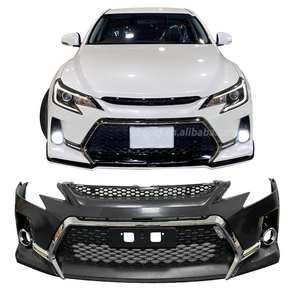

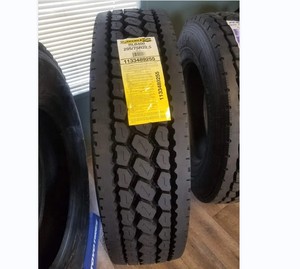





































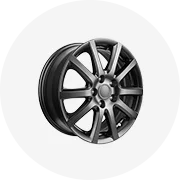
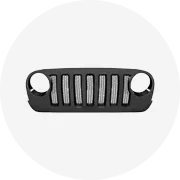
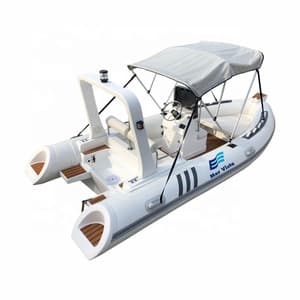
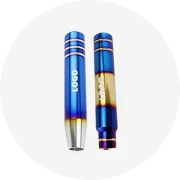
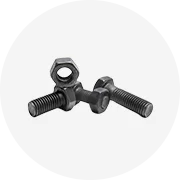
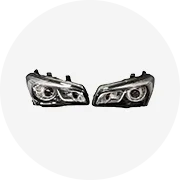
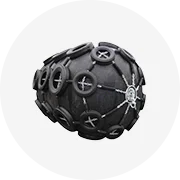
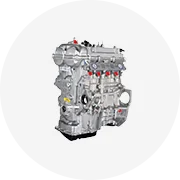
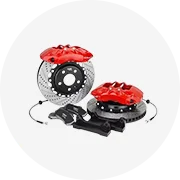
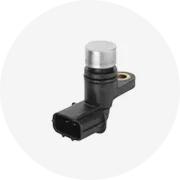

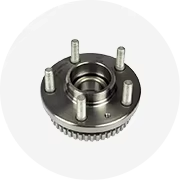
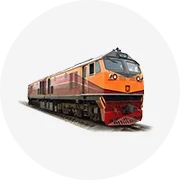
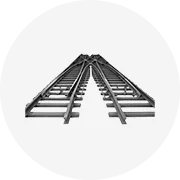
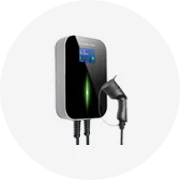
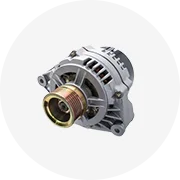






 浙公网安备 33010002000092号
浙公网安备 33010002000092号 浙B2-20120091-4
浙B2-20120091-4